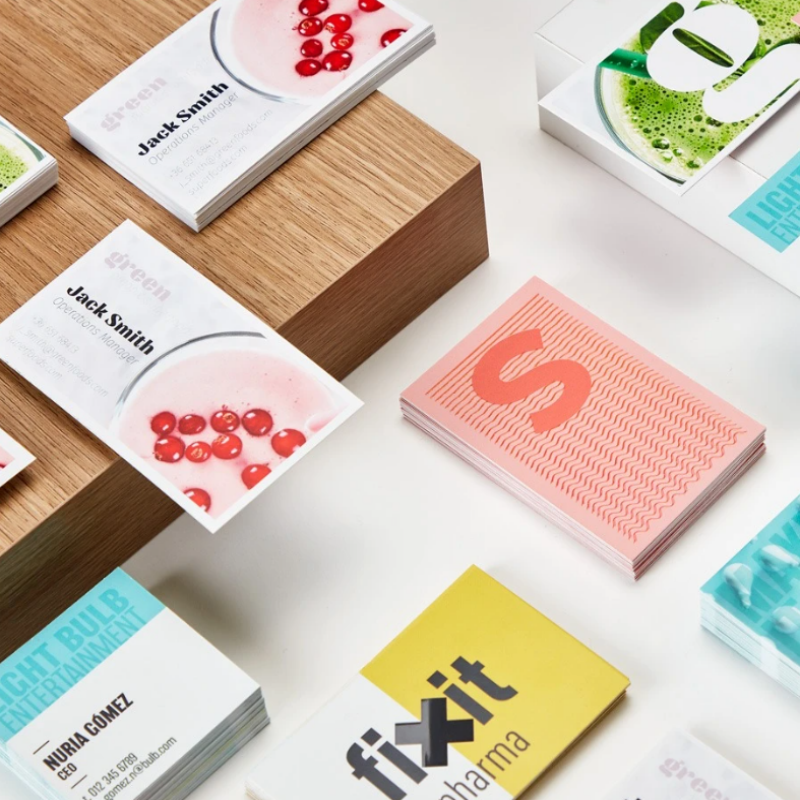The Importance of Food Packaging Balancing Safety, Sustainability, and Innovation
Food packaging plays a critical role in the modern food industry, serving not just as a barrier against contaminants, but also as a powerful marketing tool and a means of extending shelf life. The materials and methods used in food packaging have evolved considerably over the years, driven by changes in consumer preferences, advances in technology, and increasing awareness of sustainability issues. As we delve into the multifaceted world of food packaging, we can better understand its importance, challenges, and the innovations shaping its future.
Safety and Preservation
At its core, the primary function of food packaging is to protect the contents from physical damage and external contamination. This preservation is vital for ensuring food safety, as improperly packaged food can lead to spoilage and foodborne illnesses. Packaging materials such as glass, plastic, and metal provide varying degrees of protection against oxygen, light, and moisture, all of which can adversely affect food quality.
For instance, vacuum sealing removes air from the packaging, which not only enhances the longevity of food products but also helps in retaining their flavor and nutritional value. Similarly, modified atmosphere packaging (MAP) alters the composition of gases in the packaging environment to further prolong shelf life, particularly for perishable items like fruits and vegetables. These technological advancements in food packaging are essential for reducing food waste, which is a significant global issue.
Marketing and Consumer Engagement
In addition to its protective functions, food packaging serves as a vital marketing platform
. The packaging design can significantly influence consumer choices at the point of sale. With visually appealing graphics, clear labeling, and informative content, brands can capture consumer attention and communicate their unique selling propositions. For instance, companies often emphasize organic ingredients, health benefits, and sustainability practices on their packaging, attracting an increasingly health-conscious and environmentally aware consumer base.Moreover, the rise of e-commerce has necessitated a shift in packaging design. Brands must consider not just the in-store experience but also ensure that their products survive the rigors of shipping and handling. This has led to innovative packaging solutions that prioritize durability while also being lightweight and cost-effective.
food packaging

Sustainability Challenges
As consumer awareness of environmental issues rises, the food packaging industry is facing mounting pressure to adopt sustainable practices. Traditional packaging materials such as plastics have come under scrutiny due to their contribution to pollution and landfill waste. Consequently, many companies are exploring biodegradable alternatives, recyclable materials, and innovative designs aimed at reducing the overall environmental impact.
Sustainable packaging solutions, such as compostable films made from plant-based materials, are gaining traction. Brands like Unilever and Coca-Cola are committed to minimizing their plastic usage and investing in research to develop more sustainable packaging options. However, the journey towards sustainability is fraught with challenges, including cost considerations, regulatory compliance, and the need for new infrastructure to support recycling and composting efforts.
Innovations Shaping the Future
The future of food packaging is being shaped by continuous innovation and technological advancements. Smart packaging, which incorporates sensors and indicators, is emerging as a significant trend in the industry. These technologies can provide real-time information about the freshness of food, allowing consumers to make better purchasing decisions and reducing food waste.
Additionally, the integration of digital technologies such as QR codes and augmented reality (AR) into packaging can enhance consumer engagement and provide detailed product information. As consumers increasingly seek transparency about the products they purchase, these innovations can play a vital role in building trust and loyalty.
Conclusion
Food packaging is a dynamic and essential aspect of the food industry that balances safety, marketing, and sustainability. As consumers become more conscious of the environmental impact of their choices, the industry must evolve to meet these demands while ensuring food safety and quality. By embracing innovation and sustainable practices, food packaging can continue to play a pivotal role in enhancing the overall consumer experience and contribute to a more sustainable future. The ongoing challenges and opportunities in this field underscore the importance of collaboration among manufacturers, consumers, and policymakers in creating a packaging ecosystem that is safe, effective, and environmentally responsible.



